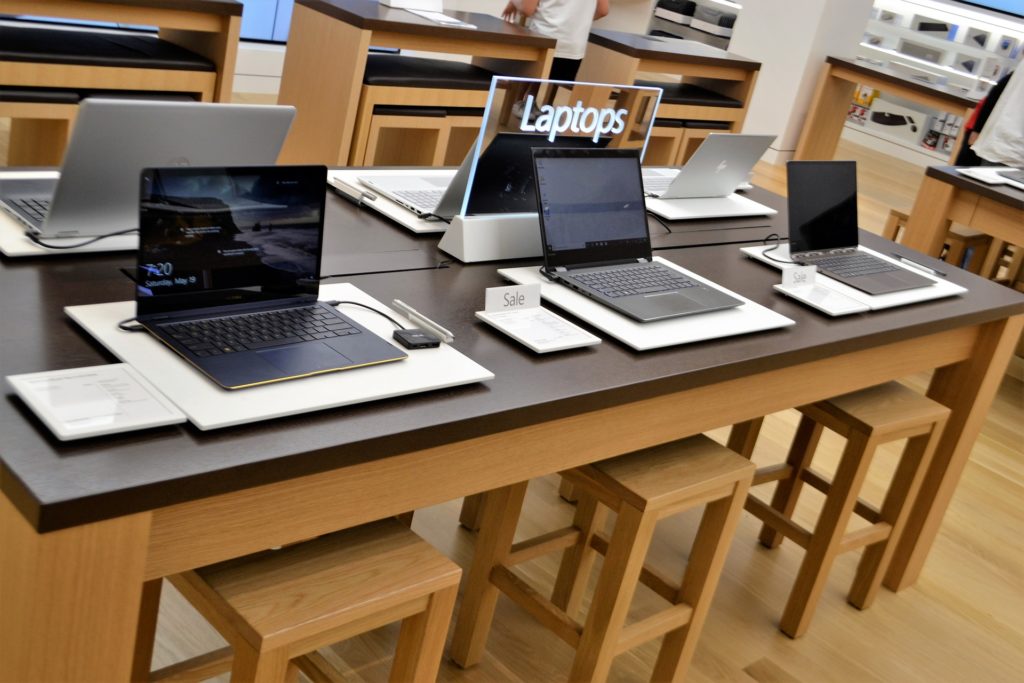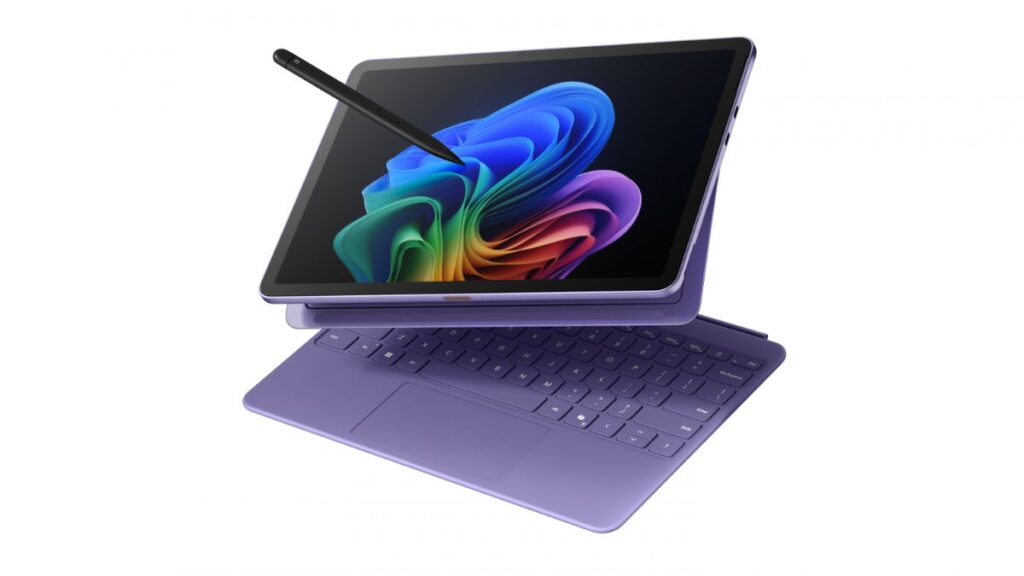The Microsoft Store experiment just ended, and the result wasn’t pretty. Designed to be a competitive response to the Apple Store, it largely repeated the recurring mistake that Steve Ballmer made with every failed project. It was a good idea that was under-executed. Now, even if it had been successful, given the ramp of online stores, the decline of brick and mortar stores, and the COVID-19 pandemic, they probably would have ended up closing the stores anyway. But let’s talk about why this costly project was a failure.
The Foundation for Failure
My first degree was in merchandising, and my first management jobs were marketing and operations for a retail shopping center. Like a lot of Microsoft’s failures under Steve Ballmer, the Microsoft Store was a showcase of things that were done right and things that were done very poorly. The initial question that should have been addressed with virtually all of the failed Microsoft projects ranging from the Microsoft Zune to the Microsoft Phone and now this store was that the initial requirements for success were not delineated.
What was particularly odd for the store was that Microsoft had a reliable model to emulate, and that was the Apple Store. Ironically, Microsoft did have a very successful competitive model that defined the firm’s initial success. That was “embrace, extend, extinguish.” Given the success of this process, you would have thought they would use it by default, yet beginning with the Zune, they failed even to do the embrace part.
In the case of the Microsoft Store, that process would have had Microsoft first have a mirror of the Apple Store with a focus on some iconic Microsoft alternative to the iPod and then the iPhone, a Genius Bar alternative, and host of third-party products that were affordable that folks might be tempted to impulse buy when they were in the store.
You need something to pull people into and through the store, and without a successful music product initially or smartphone; eventually, they were left with Surface. But this wasn’t a Surface store; it was more of a Windows laptop showcase more reminiscent of the PC stores that had mostly already failed in the market when it was conceived.
So the Apple Stores were tightly focused on Apple’s products, Apple launched products people would line up to buy—creating store draw—and when you had a problem, they had a service where you could get that problem resolved requiring you to walk by other Apple or third-party offerings to get to that service.
Now Microsoft did copy Apple’s locations, but they then needed to pull people into their stores, and yet with weak store draw, folks just walked by them. Worse, because the stores were mostly empty of customers if you did walk in, it felt a bit like what would happen were you dropped in the middle of a school of starving sharks or walked onto a used car lot. The sales reps tended to swarm you, making it unlikely you’d ever go back.
Now on the rare occasions when the store got something people might be interested in, they placed it in the front window, which was great as far as getting folks through the door, but it didn’t pull people through the store, so they got traffic but not sales. And sales, not traffic, is what keeps a store alive.
So, the stores just became a money hole and a bit of a bad joke rather than the Apple beater they were intended to be.
Five Lessons:
1. The three takeaways are that if you want to be successful with a competitive offering, you need an honest and relatively accurate assessment of the costs for that success. Then you need to accept those costs before proceeding. To take traffic from the Apple Store, they needed to embrace that store concept first fully and then begin modifying it for advantage. Without the embrace step, the extend and extinguish steps never occur.
2. Second, if you are going to do retail, you must have a way to bring people into and through the store regularly. The whole point of a retail presence is to provide a way to interest people in related products and close sales. Still, if no one comes into the store or they walk in and then out without looking at your offerings, you’ll never get the sales volume you need to keep the store open.
3. Third, those that drive the effort must have experience building a retail operation, not just working in one. The average Walmart employee or executive has no idea how Walmart was built—only how to operate it once thriving. In the early stages, you need an expert at building a store, not one at operating it (that comes later).
4. Fourth, given the ramp of Amazon, which was happening in real-time, a better alternative would have likely been an online offering that took the Apple concept and digitized it into an online experience integrating a virtual Genius Bar and integrated focused advertising for the store’s products.
5. Finally, the goal, given Microsoft’s broader mission, should have been to develop a digital competence showcase for an integrated online, on-premises experience, which then could have been marketed out to other retailers now needing to shift to the new COVID-19 normal. But that opportunity as well was lost.
Wrapping Up
Any project needs to have a legitimate budget and list of requirements for success. One of the common reasons for failure is underfunding the effort and treating that list like it isn’t inclusive. In other words, if you know what you need to do to succeed but choose not to, then you are planning to fail, and that is what happened with the Microsoft Stores. Institutionally, the company knew (particularly given the then-recent Xbox success) what was required. Still, they choose not to do it, and—as a result—failure was the only likely outcome. And it does tend to be binary, unlike school, in real life, 90% or even 95% of what is needed is still a failure when you need 100% to be successful.
Finally, Microsoft can be credited with some of the most potent competitive efforts like Office, Windows, and Xbox, and their failures (Zune, Microsoft Phone, Microsoft Store) can be attributed to them not replicating the processes they used for those successes. Sadly, they are hardly alone with this kind of behavior, and learning the related lesson could be critical to your future success.
- The HP OmniBook X Flip 2-in-1 16-Inch: Your New Digital Swiss Army Knife (Now in Glorious Atmospheric Blue) - June 25, 2025
- The Open AI Avalanche: Why AMD’s Collaborative Spirit Is Outmaneuvering NVIDIA’s Empire - June 22, 2025
- Lenovo Embraces OpenBMC: A Step Towards Greater Transparency and Control in the Data Center - June 17, 2025



